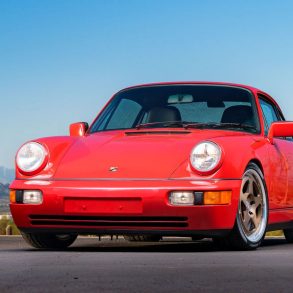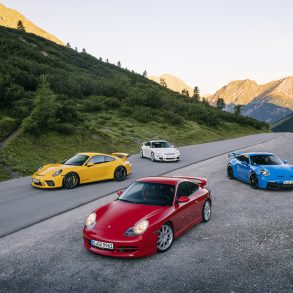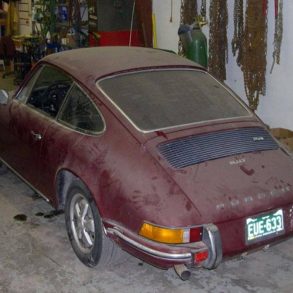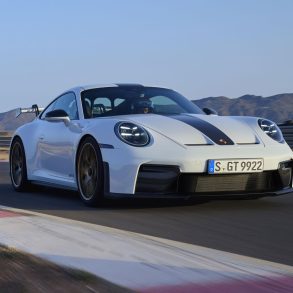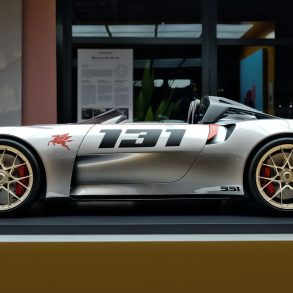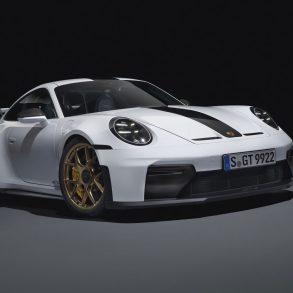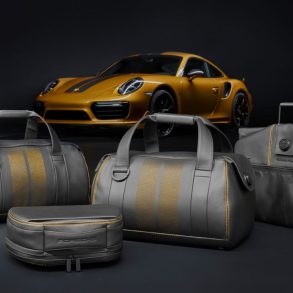Collaborations within the automotive industry are not as uncommon as you might expect, especially given how competitive it can get within the segment. These arrangements can range from supplying a few parts to entering into full-on partnerships to develop new models.
The situation is the same for even high-end performance car makers like Porsche. The German carmaker, at various times, has been involved in such collaborations with other carmakers, allowing it to leave its mark on vehicles that are not explicitly branded as Porsche.
The examples highlighted here have all been infused with Porsche DNA in one way or the other. It’s a look at how Porsche’s engineering prowess and design philosophy have found their way into non-Porsche vehicles. Some are more obvious, involving other carmakers within the Volkswagen Group, of which Porsche is a part. However, there are also a few surprises.
1990 – 95 Mercedes Benz 500E
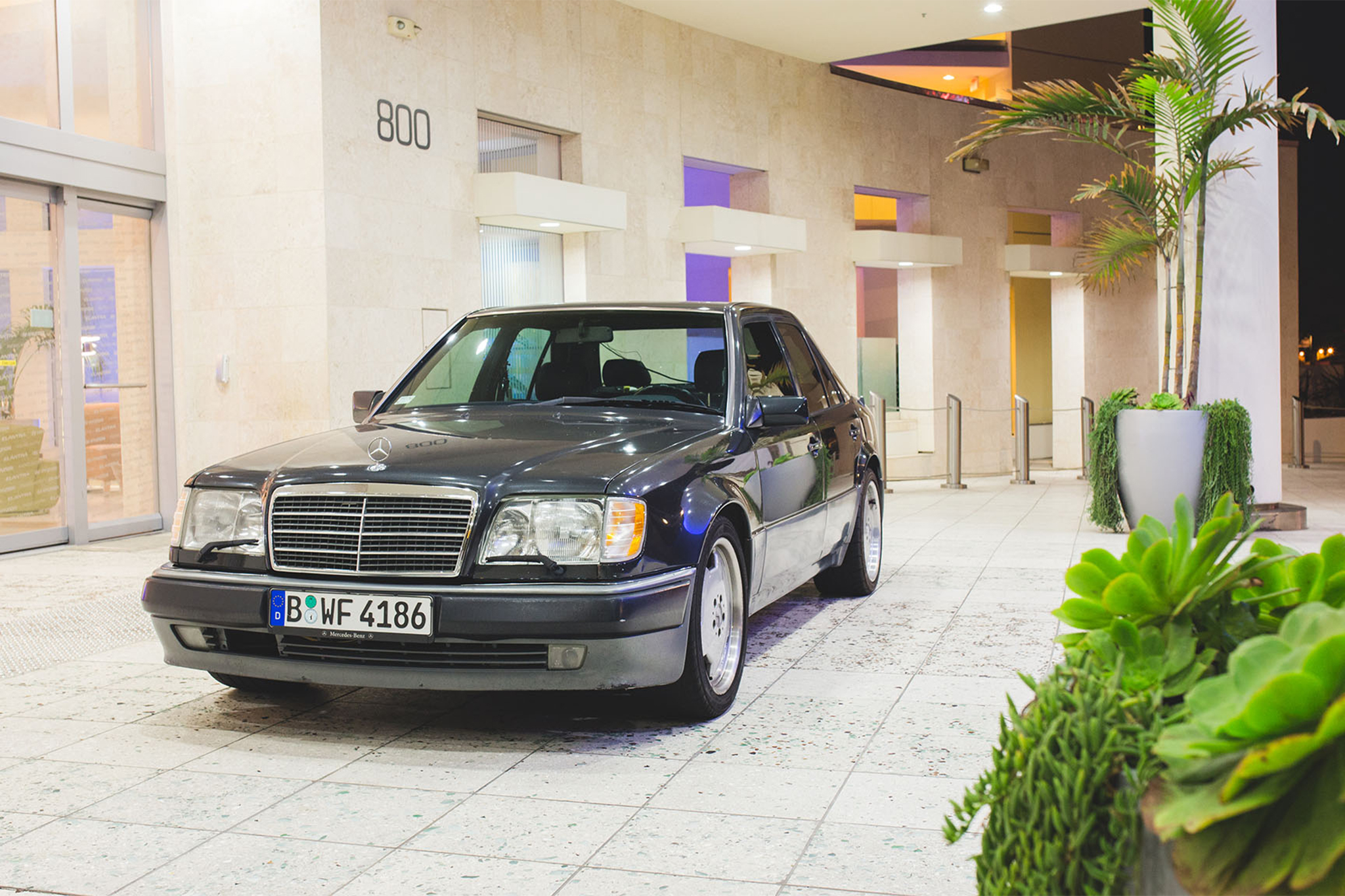
It was in 1988 when Porsche was awarded the contract for the development of the Mercedes Benz 500 E, the range-topping model of the W124 Series. At the time, the engineering department of Mercedes Benz (then known as Daimler-Benz AG) was stretched thin with several projects, including the ongoing development of its S-Class sedan. Hence, the carmaker turned to its cross-town rival for help. The manufacturing process was split between the two manufacturers. Mercedes painted the bodyshells, while Porsche handled the final assembly at its plant in Stuttgart-Zuffenhausen. Conceived as a high-performance saloon, the 500 E (later renamed E500 as part of a model update) was at least 56 millimetres wider than the base W124 series vehicles and 23 mm lower. At its heart was a 5.0-litre V8 that cranked out 322 hp. That output could get the big saloon to 60mph in less than 6 seconds and on to an electronically limited 155 mph (250 km/h). In 1990, those were incredible numbers for a family-oriented car.
2003 – 05 Renault Clio V6 Sport

The infamous Clio V6 Sport paid homage to the 1980s Renault 5 Turbo, mirroring its mid-engine layout and wide-body concept. The Phase 1 version was powered by a V6 unit that made about 227 hp. It provided a robust platform for the Phase 2 version, which, at the time of its launch, was one of the most powerful series production hot hatches in the world. Porsche’s involvement was confined to the souped-up engine of the upgraded Phase 2 Clio V6. However, it involved crucial work to extract more performance by helping with the calibration of the car’s Bosch ECU unit.
1994 – 96 Audi RS2 Avant

The Audi RS2 Avant was a performance monster disguised as a family wagon. When it launched in 1994, it was the world’s fastest estate and the first Audi model to cross the 155 mph (250 km/h) barrier. Porsche had a significant role to play in that. In fact, Porsche engineers built the RS2 at the carmaker’s Zuffenhausen’s historic Rössle building. It’s the same building where the Mercedes Benz 500 E was assembled. According to Michael Hölscher, head of the R32 project at Porsche, ‘Audi took care of body parts and components that could be transferred from other models while Porsche was responsible for new parts and other development services.’ Some of the parts Porsche was responsible for included the 17-inch light-alloy wheels, red high-performance brakes, and front and rear bumpers. Hölscher reckons ‘about 20 percent of the RS2 stems directly from Porsche.’
2006 – 14 Daewoo Tosca
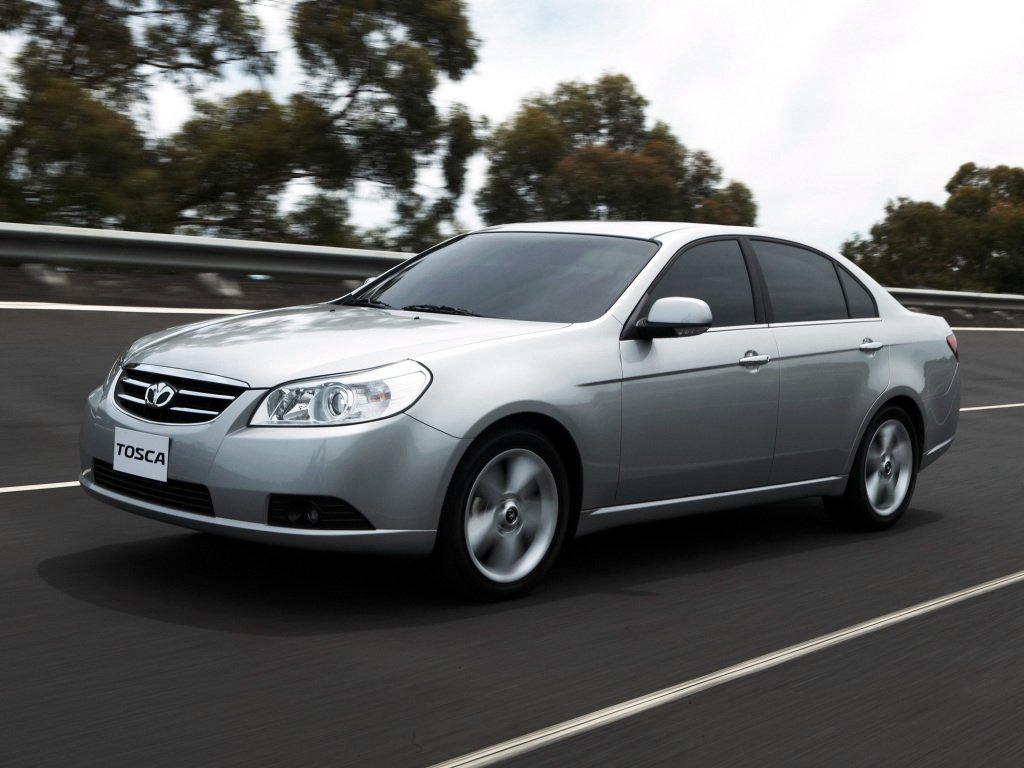
This is one of the more unusual Porsche collaborations. Today, the German manufacturer is a major force in the automobile industry, with its model lineup raking in record profits. However, there was a phase when Porsche struggled financially and was quite open to lending its engineering expertise to other carmakers. The Daewoo Tosca was a replacement model for the Daewoo Magnus. It was also sold as the Chevrolet Epica in Canada and Suzuki Verona in the US. The Tosca was a front-wheel-drive sedan powered by a straight-six engine designed by Porsche. It was quite unusual then, as most mid-size sedans in the 2000s had the V6 as the preferred engine option. The Tosca was available with two different transversely-mounted inline-six engines, a 2.0 and a 2.5, which generated 140 hp and 154 hp, respectively. The refined powerplants were the major highlight of the otherwise unremarkable Tosca.
1995 – 2005 Vauxhall Zafira
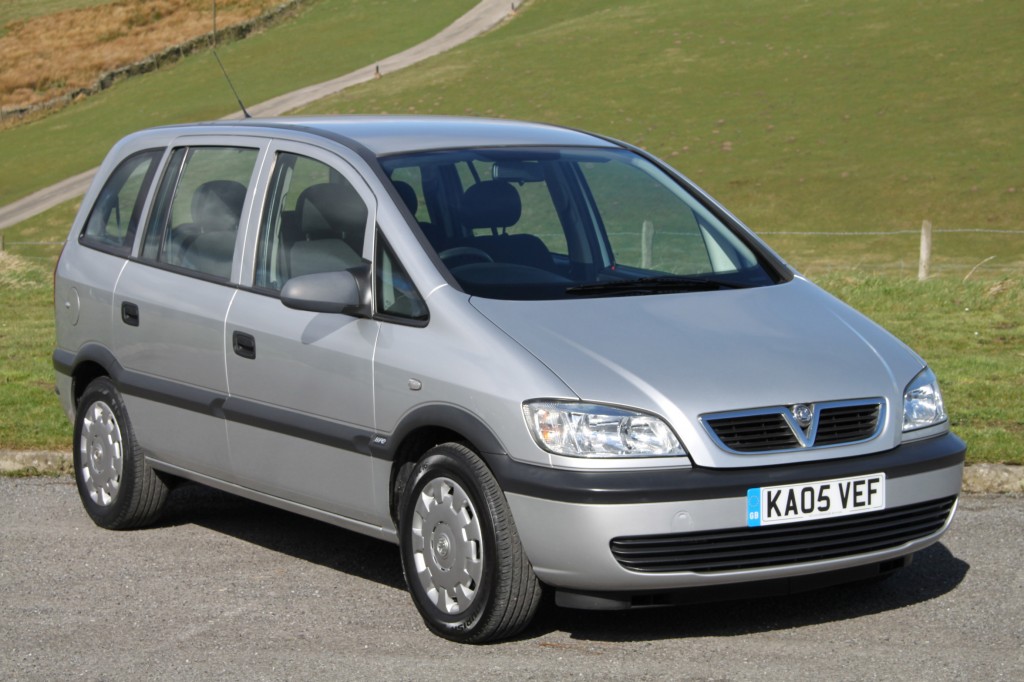
Porsche’s work with other carmakers was not just limited to sedans and hot hatches. The Vauxhall (or Opel) Zafira was a multi-purpose vehicle (MPV) that was mostly engineered by Porsche. The minivan was based on the T-platform of the Astra, but Porsche also introduced some of its own innovations, working closely with Opel. One of the more notable ones was the Vauxhall Flex 7 system, which made it possible to pull out two extra seats from the floor in the boot area, effectively turning the vehicle into a 7-seater people carrier.
1985 – 2005 Lada Samara T3

The Lada Samara T3 is the product of another ‘head-scratching’ partnership involving Porsche. In 1975, Soviet automotive industry minister Viktor Polyakov entered into discussions on how Porsche could help Lada build better vehicles. The deal, reportedly worth around $285,000 (DM500,000), was too good to turn down, and cash-strapped Porsche badly needed the extra income flow. In 1975, that was a considerable sum of money. Porsche did work with Lada on a number of projects but the Dakar-special Lada Samara T3 was the most high-performance result of that relationship. Russian aerospace and defence company Tupolev designed the Samara T3’s suspension, but the all-wheel drive system was taken from the legendary Porsche 959. What’s more? The car was powered by a Porsche-supplied naturally aspirated 3.6-litre Flat Six engine.
1984 – 93 SEAT Ibiza

The engine cover of the first-generation SEAT Ibiza bears a label that reads ‘System Porsche.’ It’s indicative of some collaboration with Porsche in some way. The German carmaker was actively involved in the design of the SEAT Ibiza’s 1.2-, 1.5-, and 1.7-litre inline-four engine options.
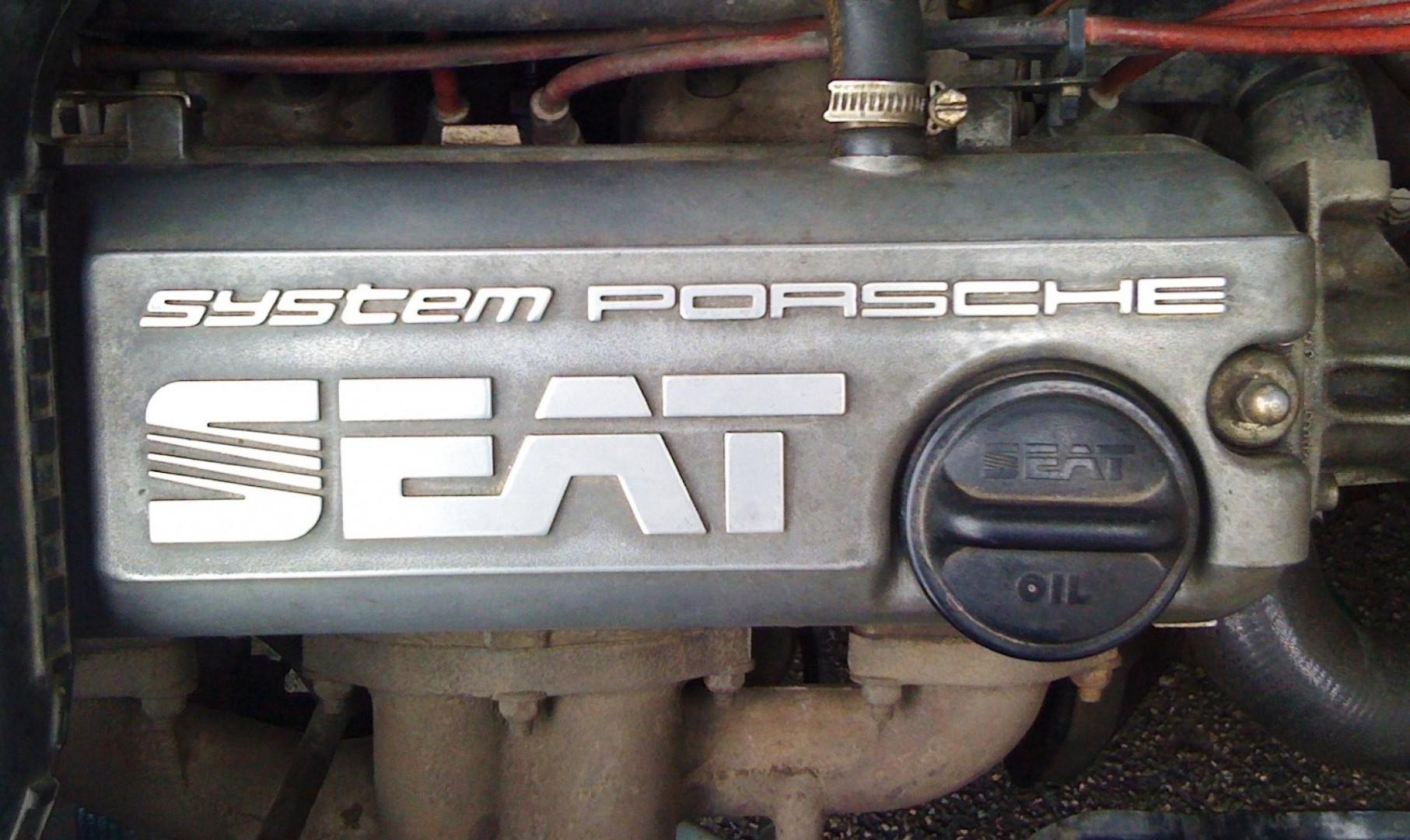
The SEAT Ibiza became a huge success, with over 1.3 million units sold. As it turned out, it was a pretty good deal for Porsche as well, as it earned a ‘royalty’ for granting permission to SEAT to display the ‘System Porsche’ badge on the cylinder head.
2000 – 03 Subaru Legacy B4 Blitzen
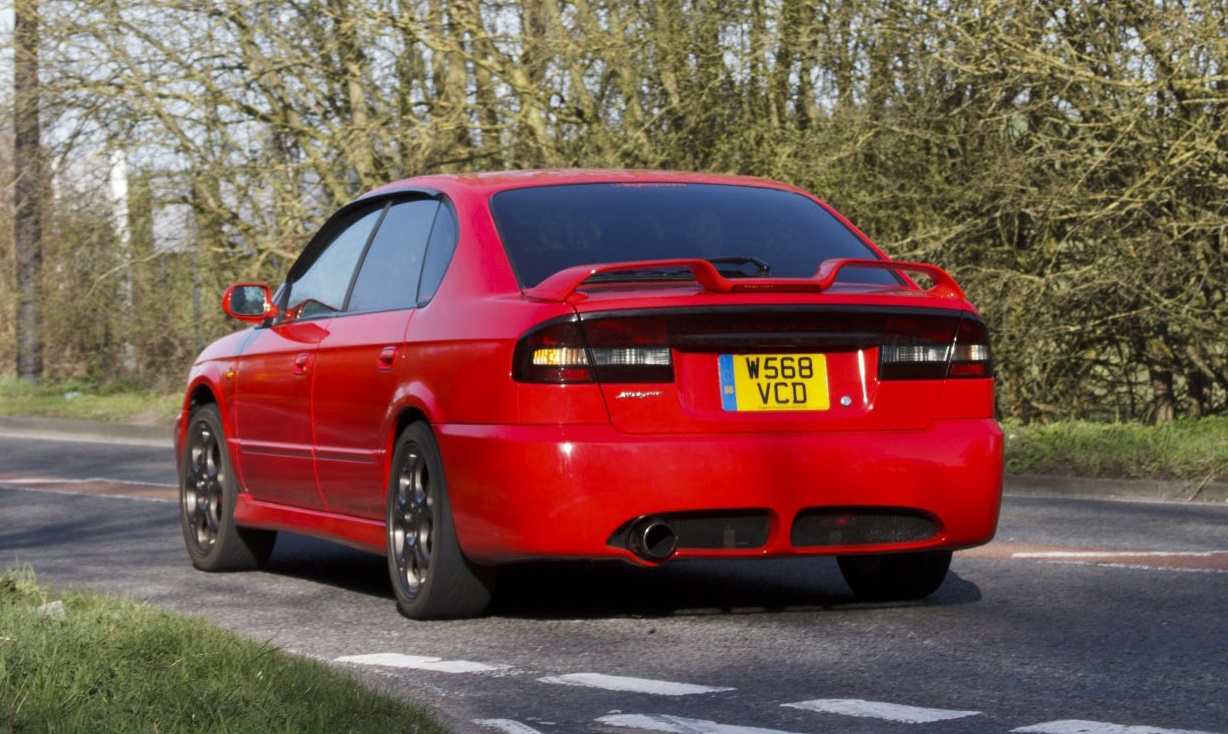
Based on the high-performance B4, the B4 Blitzen was a range-topping special edition model that sat atop the Subaru Legacy lineup. Available as a sedan or wagon, it was exclusively sold in the Japanese market. The exterior, with emphasis on functionalism, was designed by both Subaru and Porsche Design. The Legacy B4 Blitzen had a sleek, minimalist exterior, free from excess lines, giving it a stronger road presence than the standard Legacy B4 model. Porsche Design also played a role in wheel design, interior elements, and colour options.
Volkswagen Vanagon (Porsche B32)
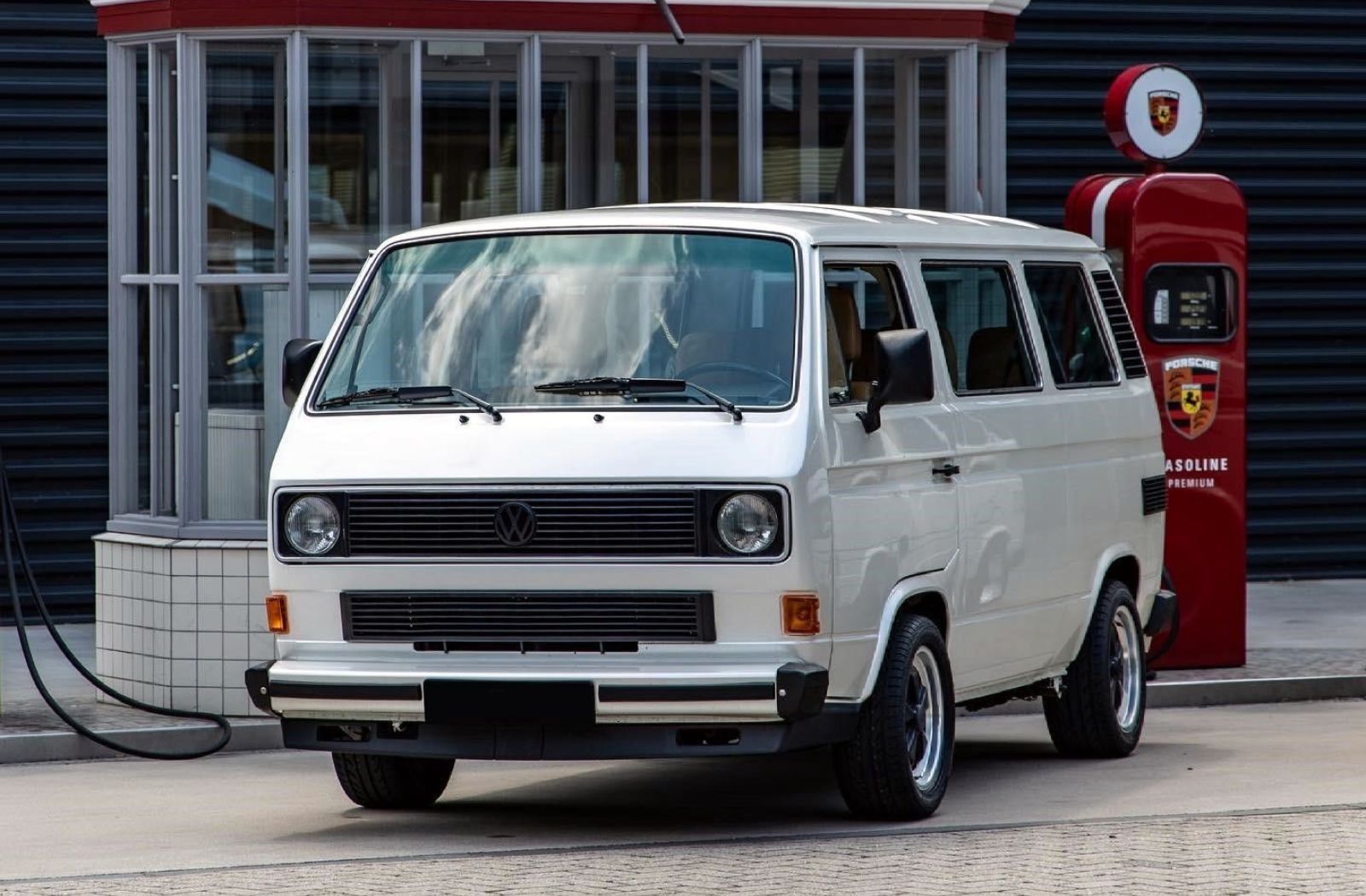
It was often referred to as the Porsche B32, but in reality, this unique creation was a Volkswagen Vanagon with a Porsche heart. The B32 was conceived as an ingenious response to a peculiar problem. With less than 100 hp, the Vanagon was woefully underpowered to serve as a support vehicle for the Group B 959 race car participating in the Paris-Dakar rally. So Porsche swapped out its engine with a 3.2-litre flat-six engine taken from a 911 Carrera. Porsche reportedly built 15 units, including the prototypes. The van made about 231 hp and could sprint to 60 mph in 8 seconds before continuing to a 115 mph (185 km/h) top speed.
2002 – 2017 Harley Davidson VRSC (V-Rod)
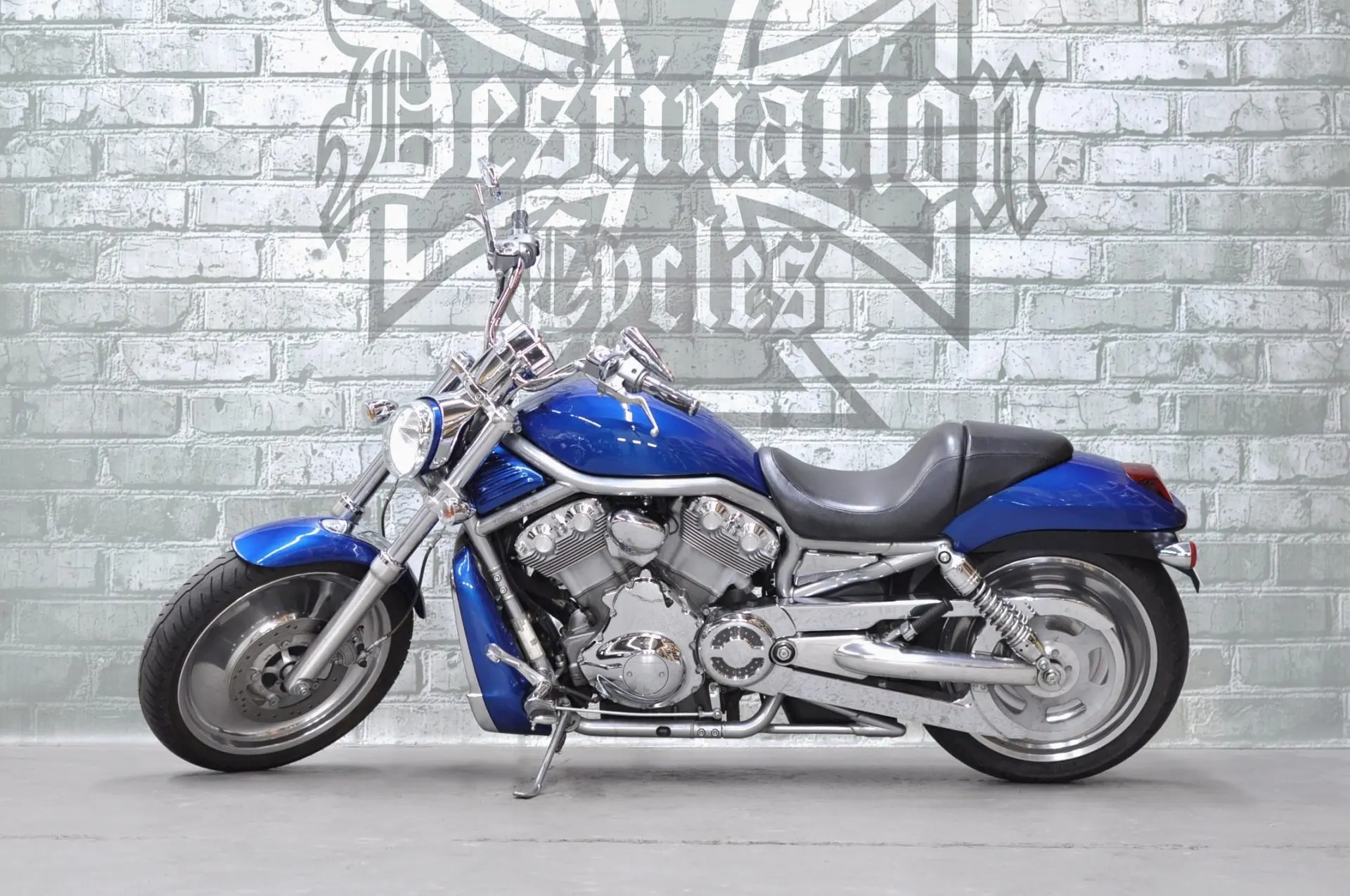
Wrapping up this list with what has to be the strangest entry of the lot. The Harley-Davidson V-Twin Racing Street Custom (VRSC), also known as V-Rod, was a series of cruiser motorcycles manufactured from 1999 to 2017 with different designations and characteristics. A standout feature of the V-Rods is that they were the first Harley-Davidson motorcycles powered by a liquid-cooled engine, replacing the air-cooled versions. Even more impressive is the fact that the engine was developed by Porsche Engineering. Dubbed the ‘Revolution Engine,’ the 1,131 cc motor was based on a racing engine and featured dual overhead camshafts and electronically controlled fuel injection. The power output was rated up to 120 hp, enough to make the Harley-Davidson VRSC-Series a road rocket with top speeds ranging from 137 mph to 145 mph.



